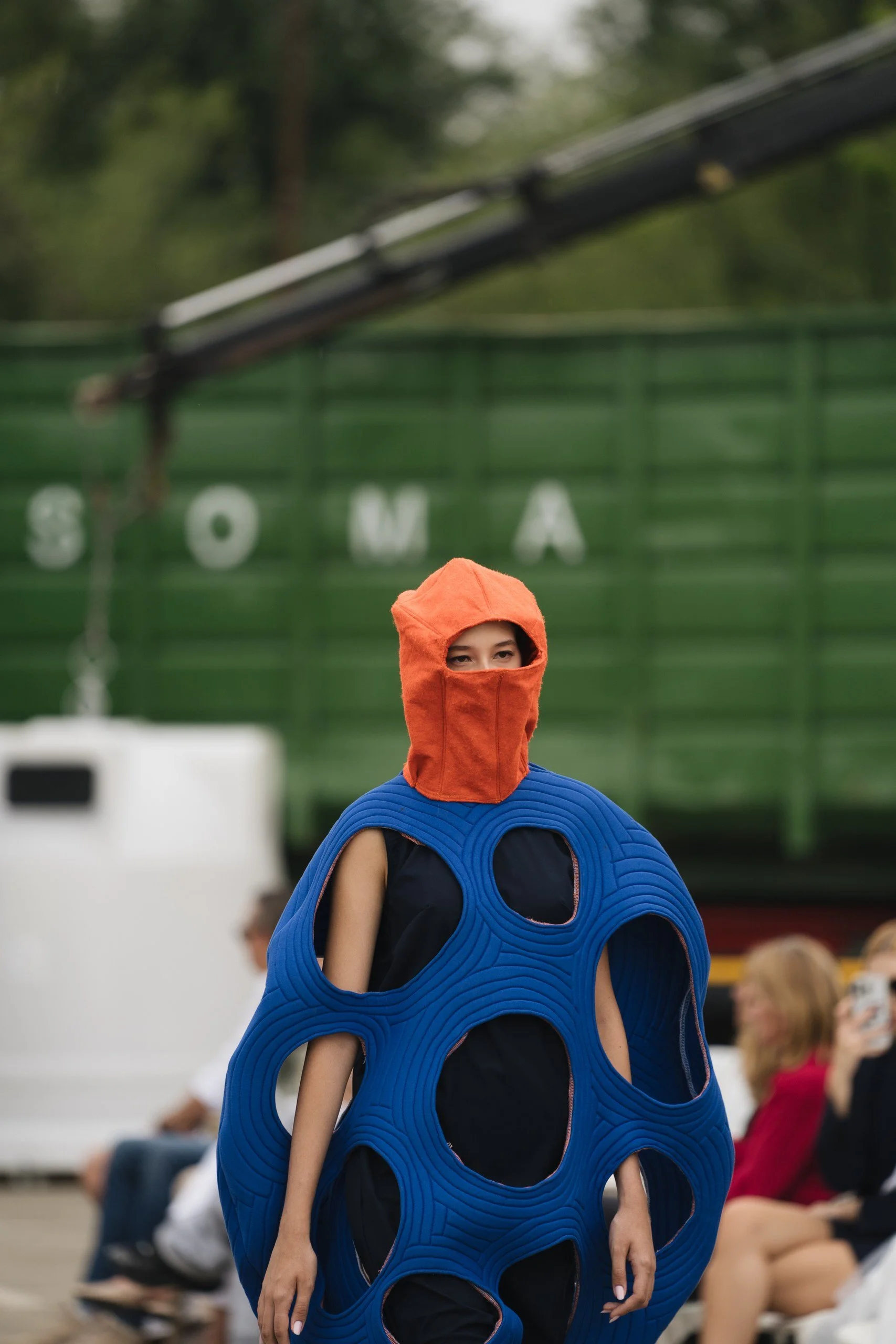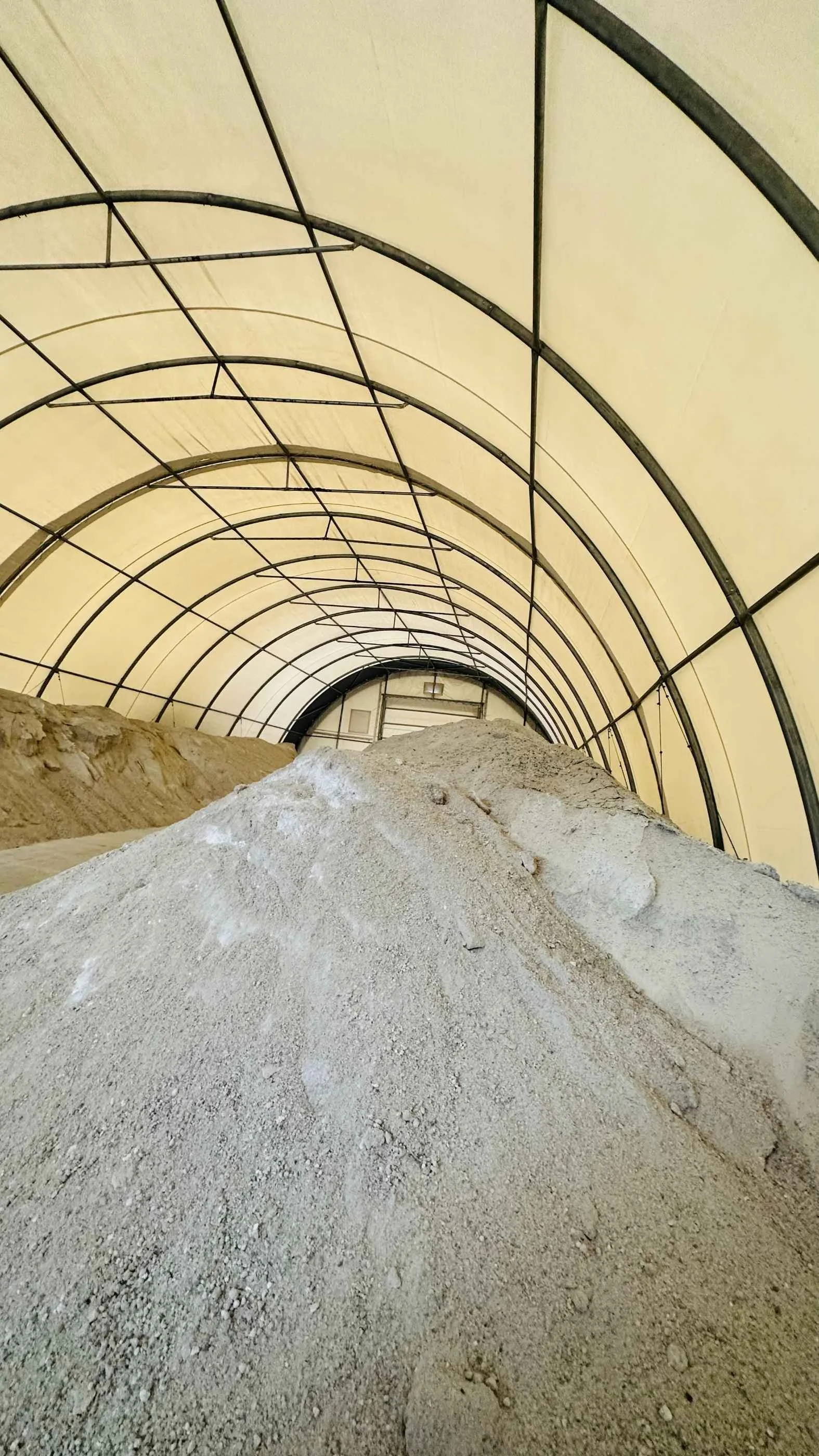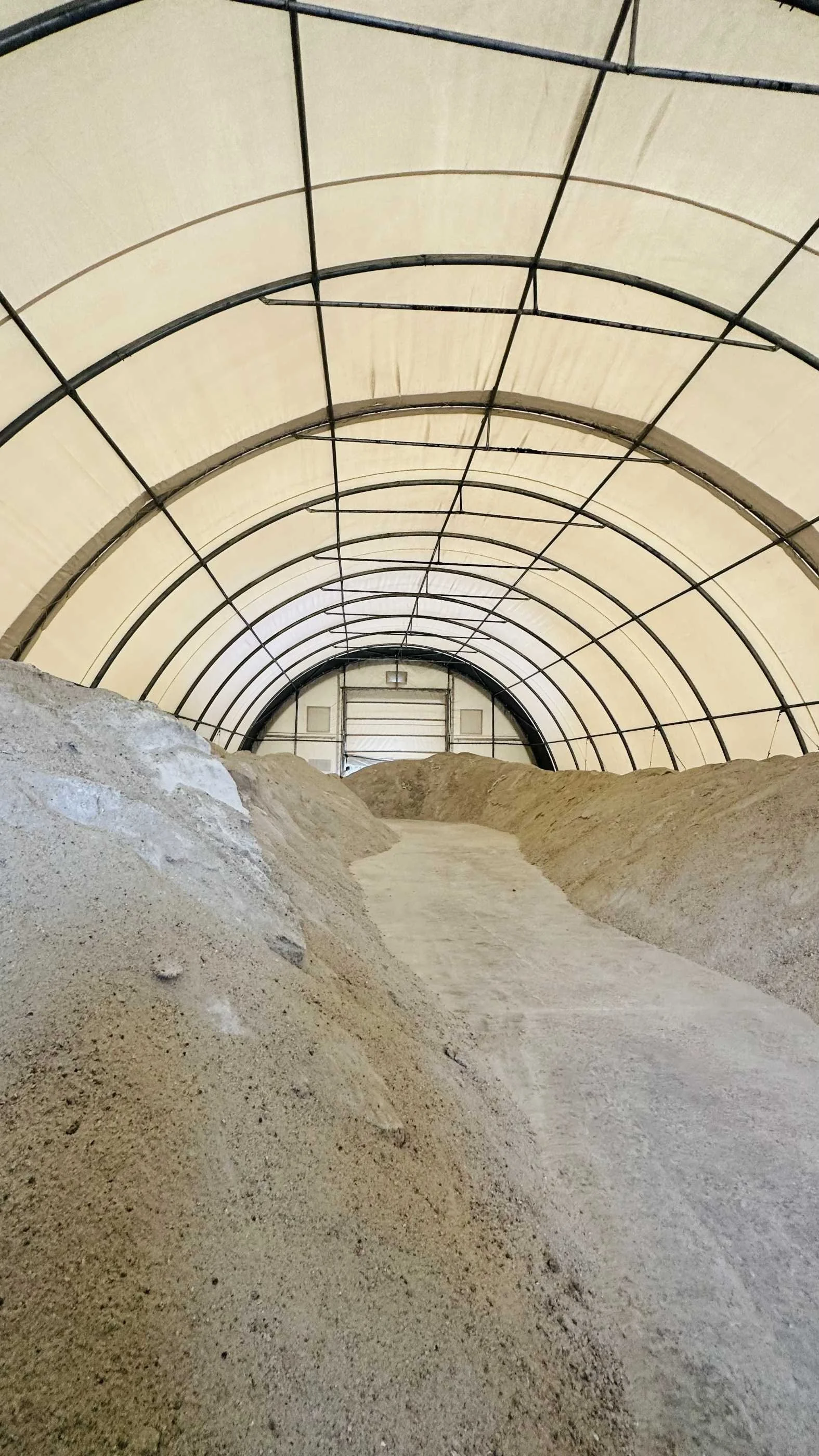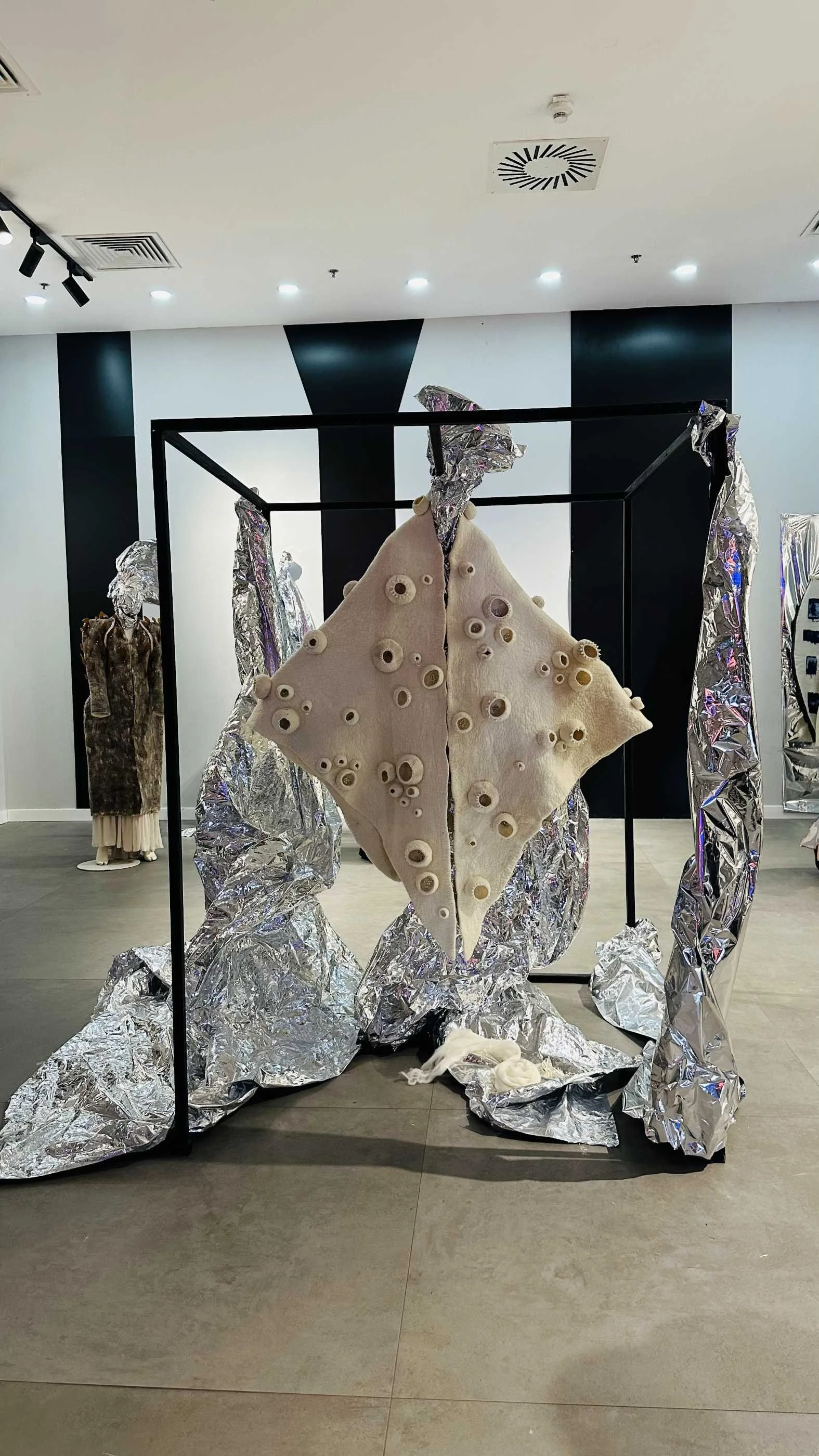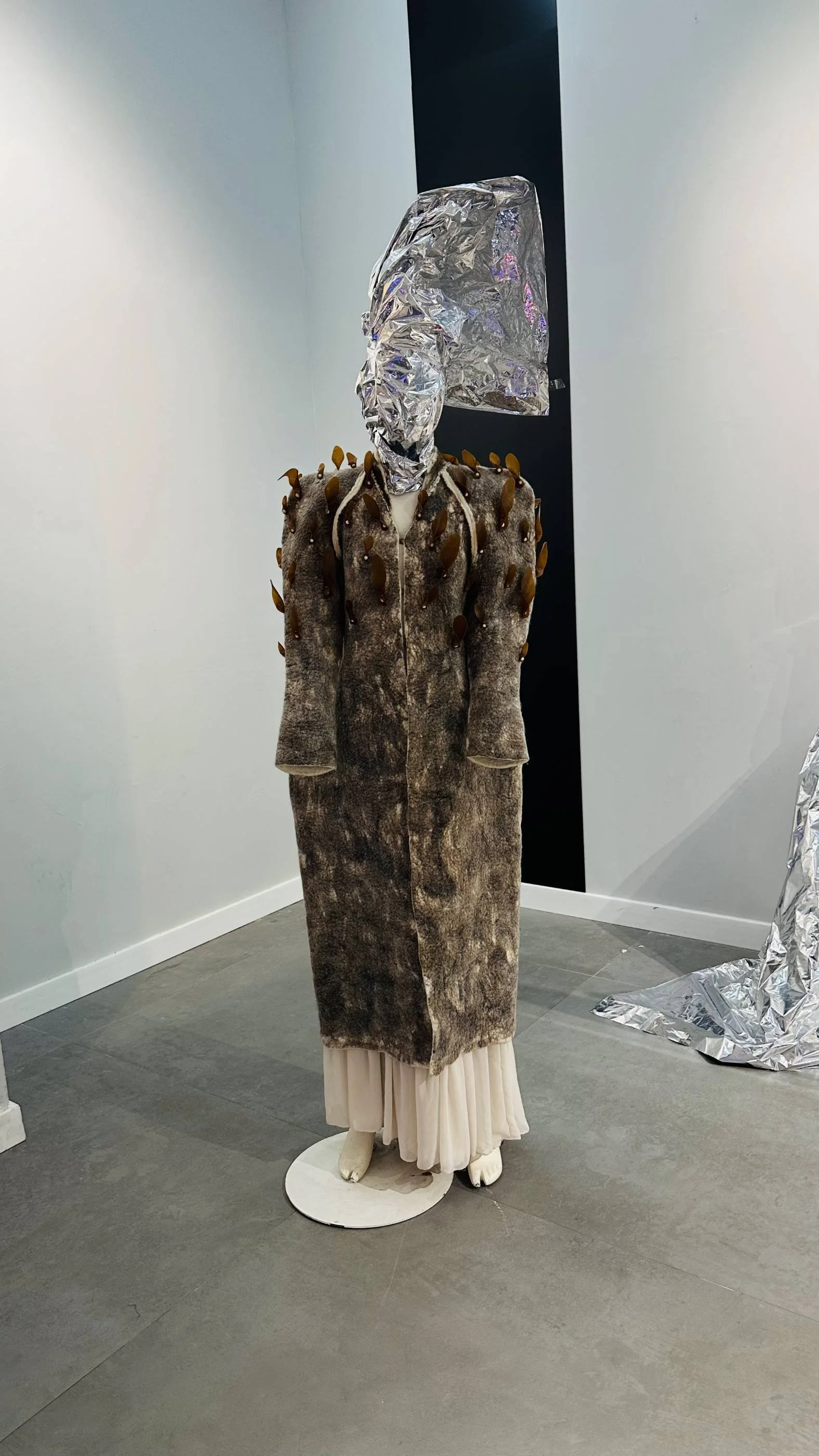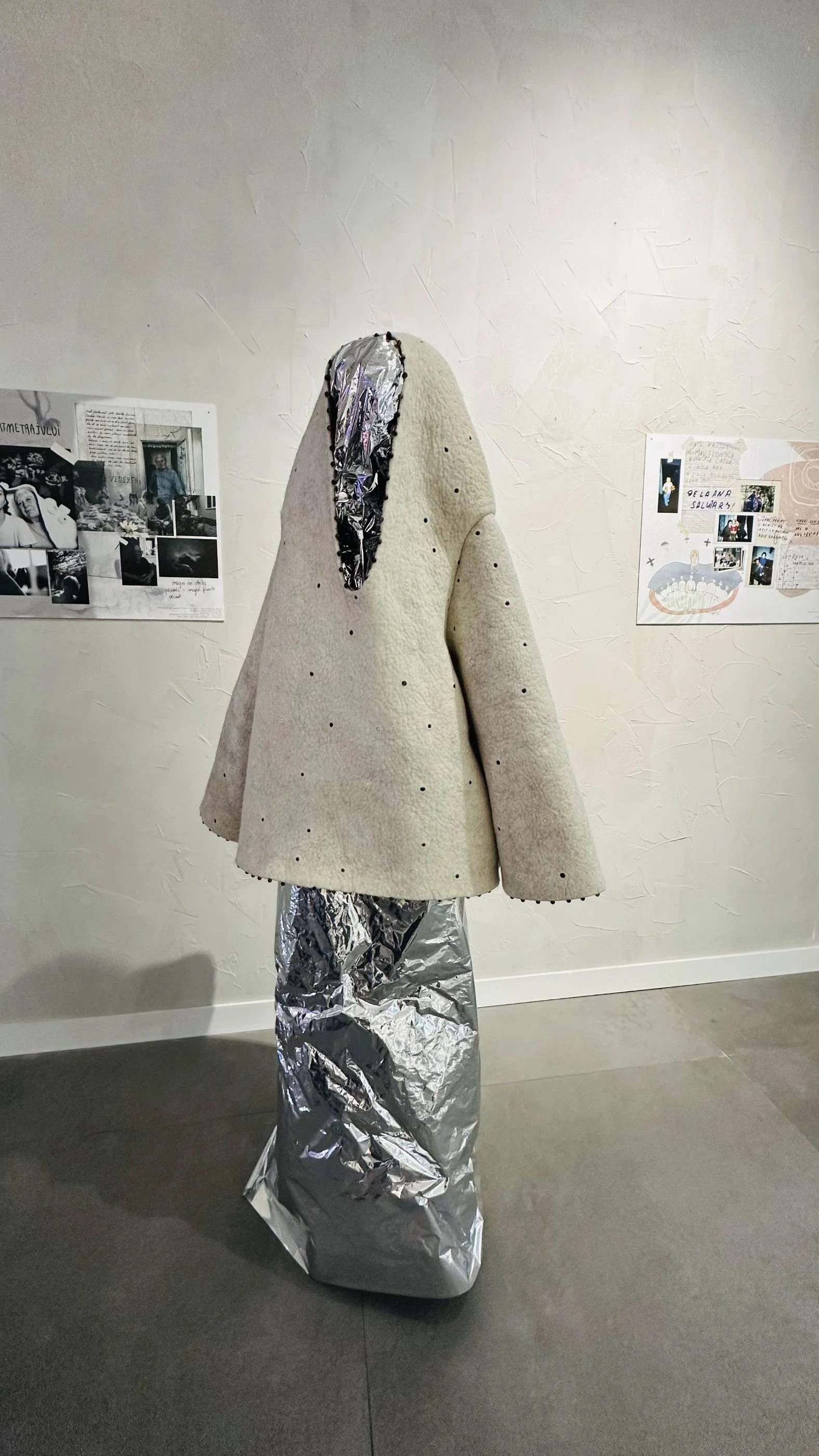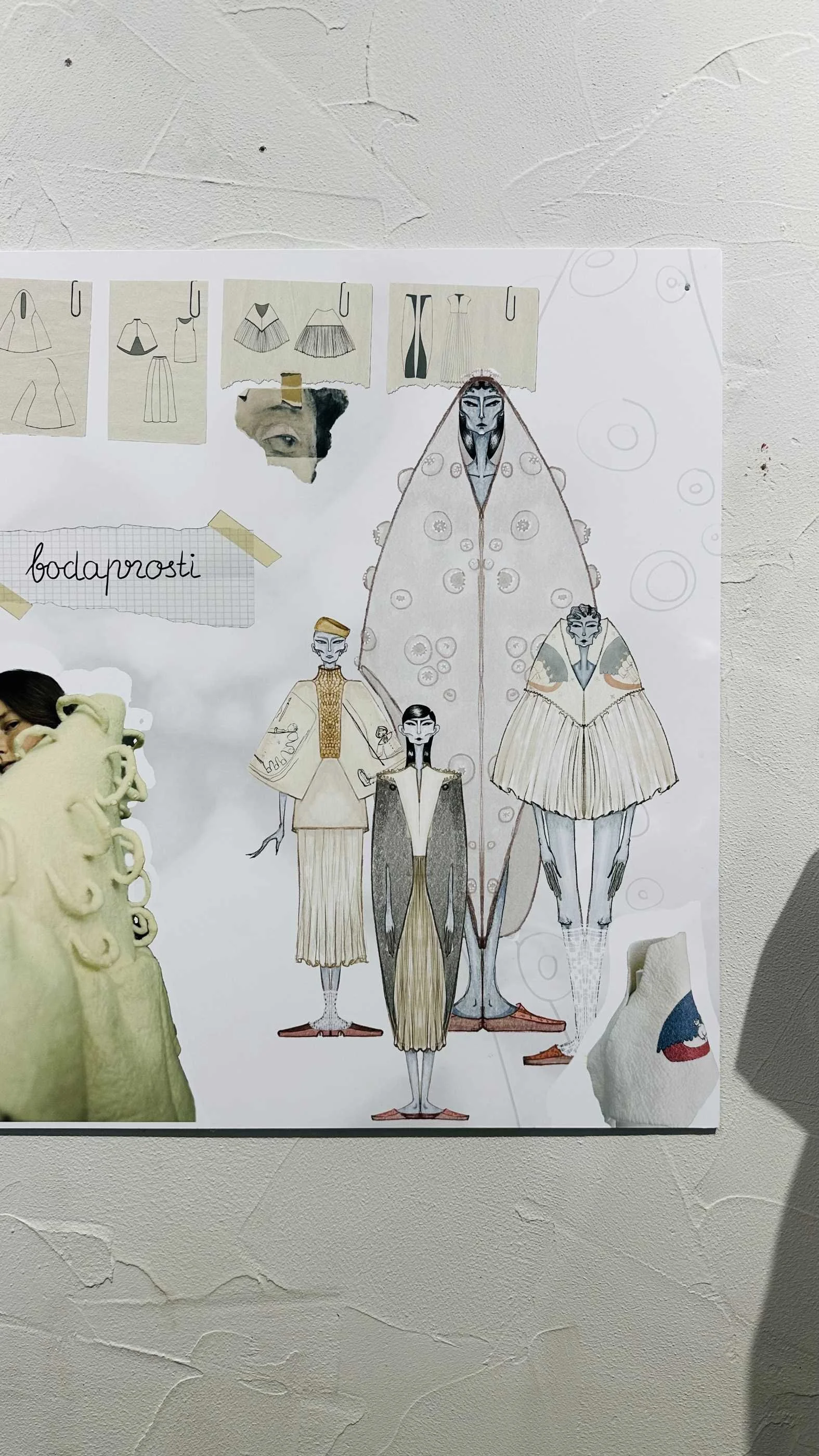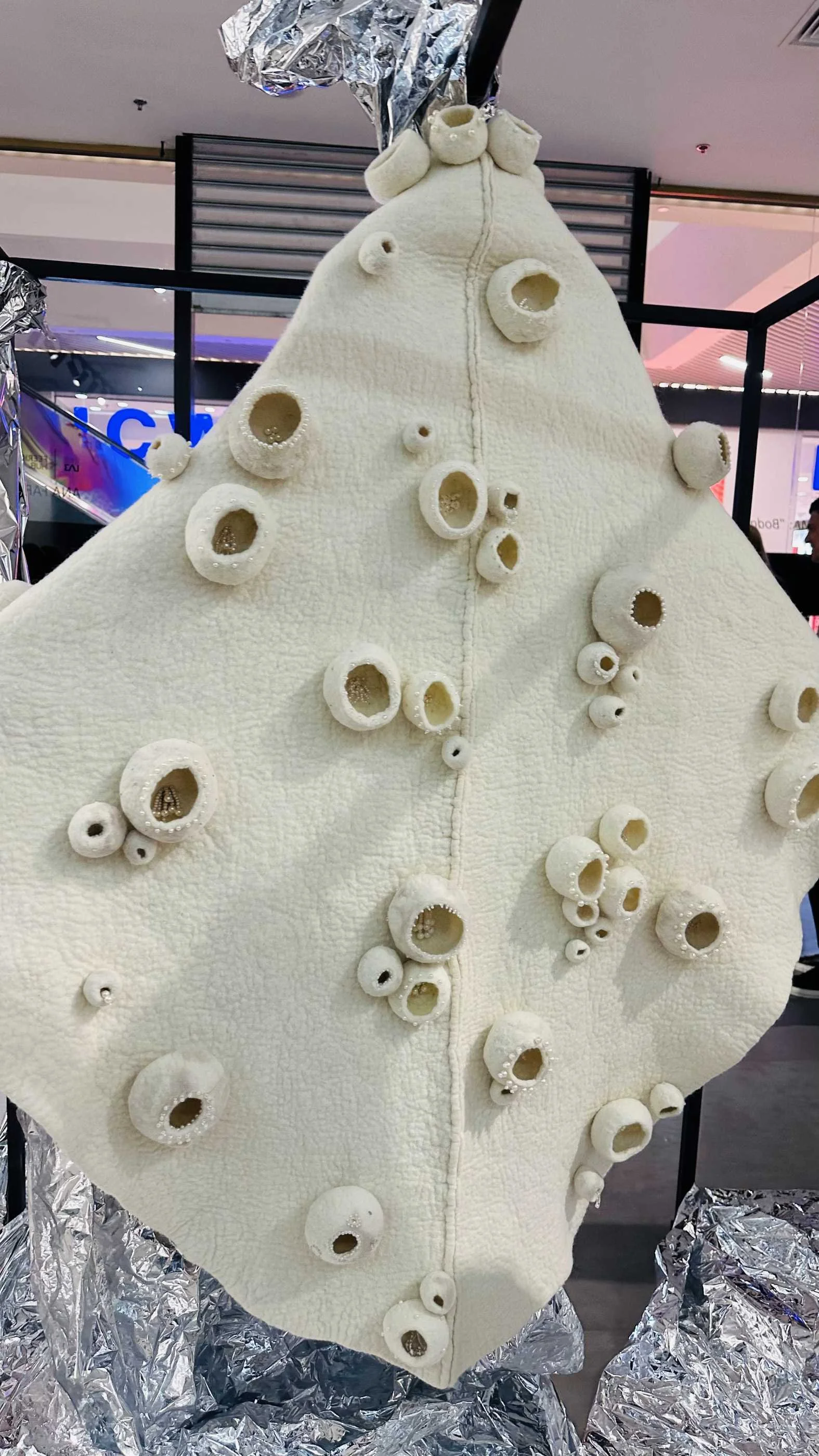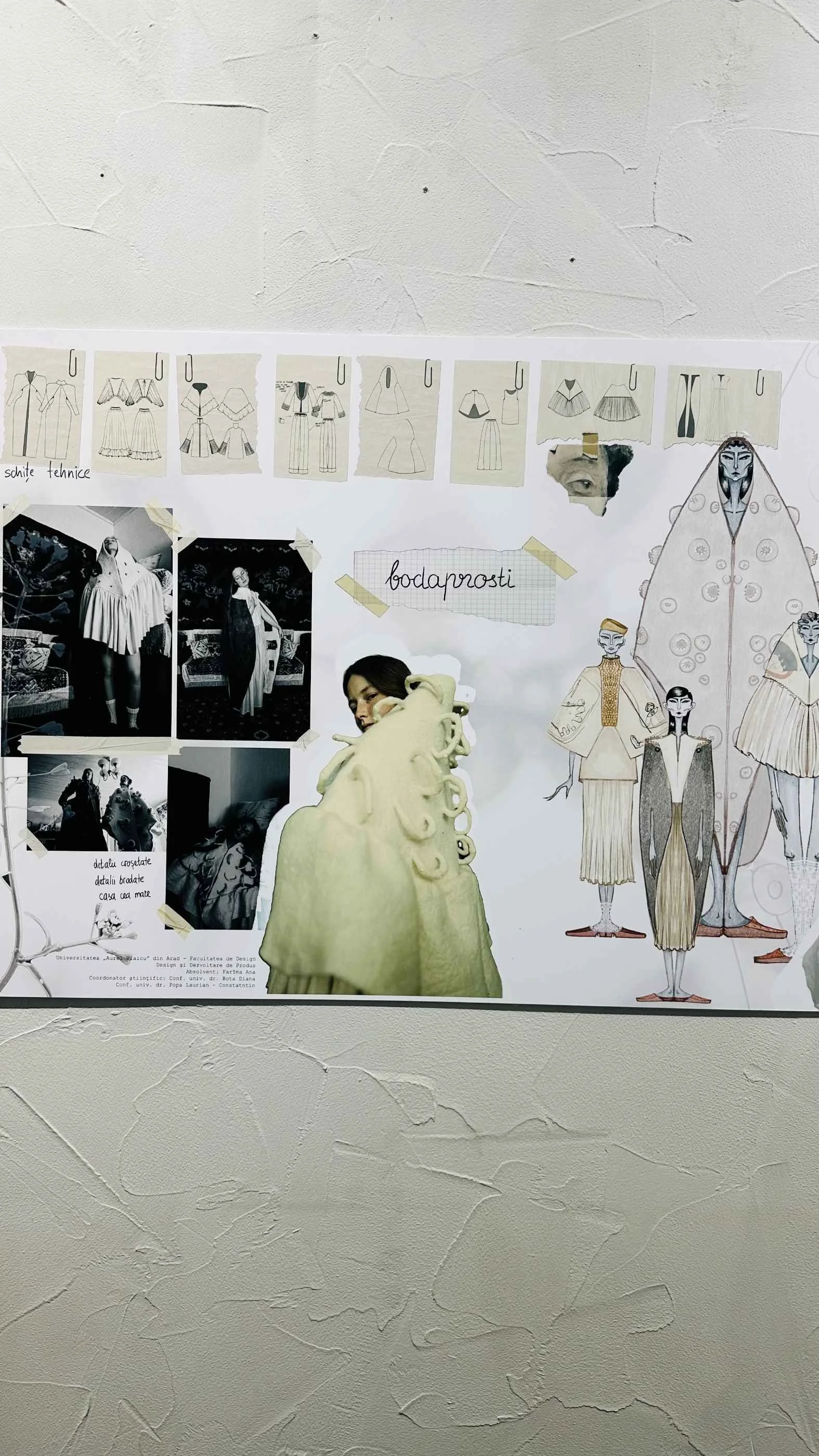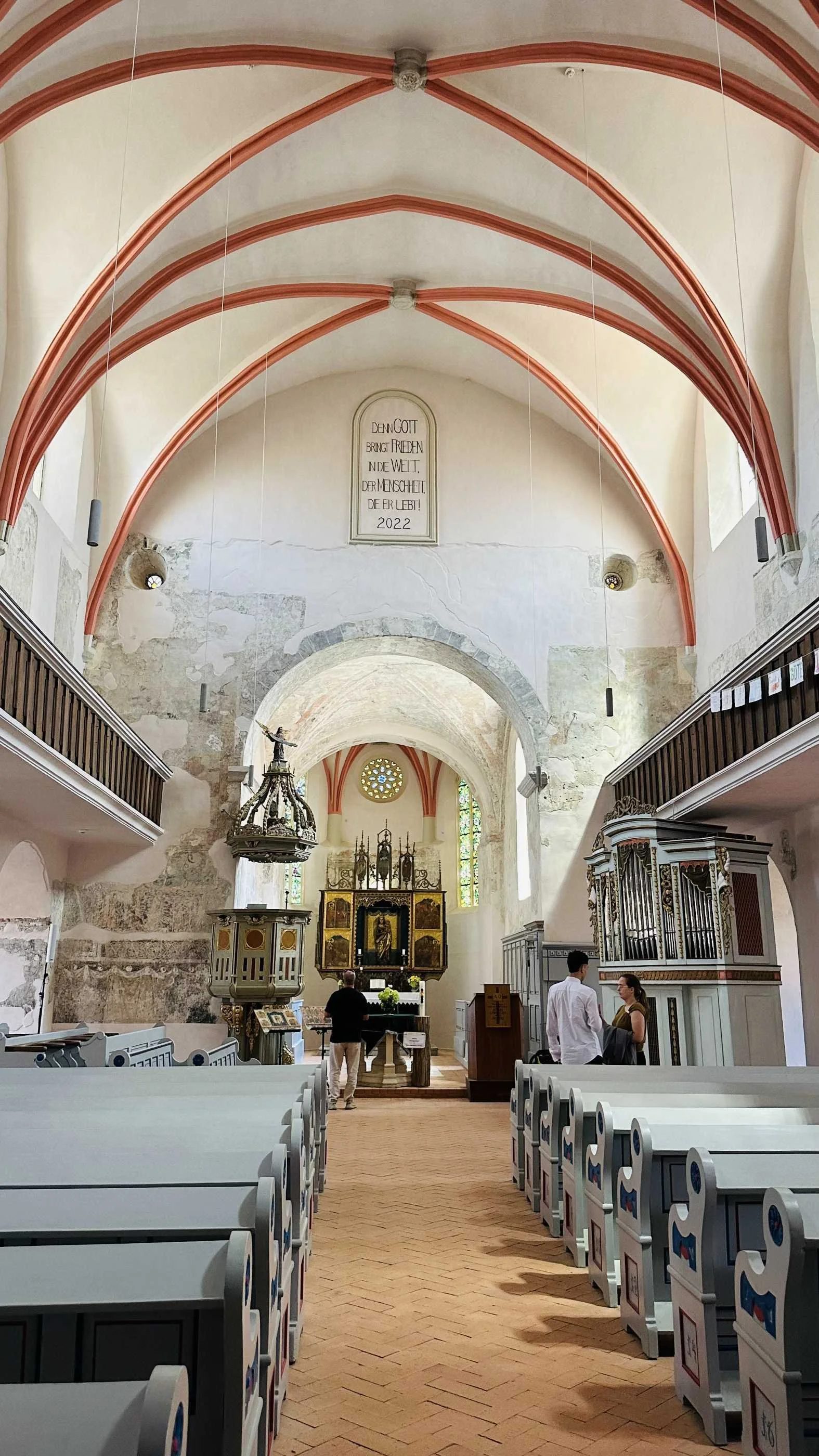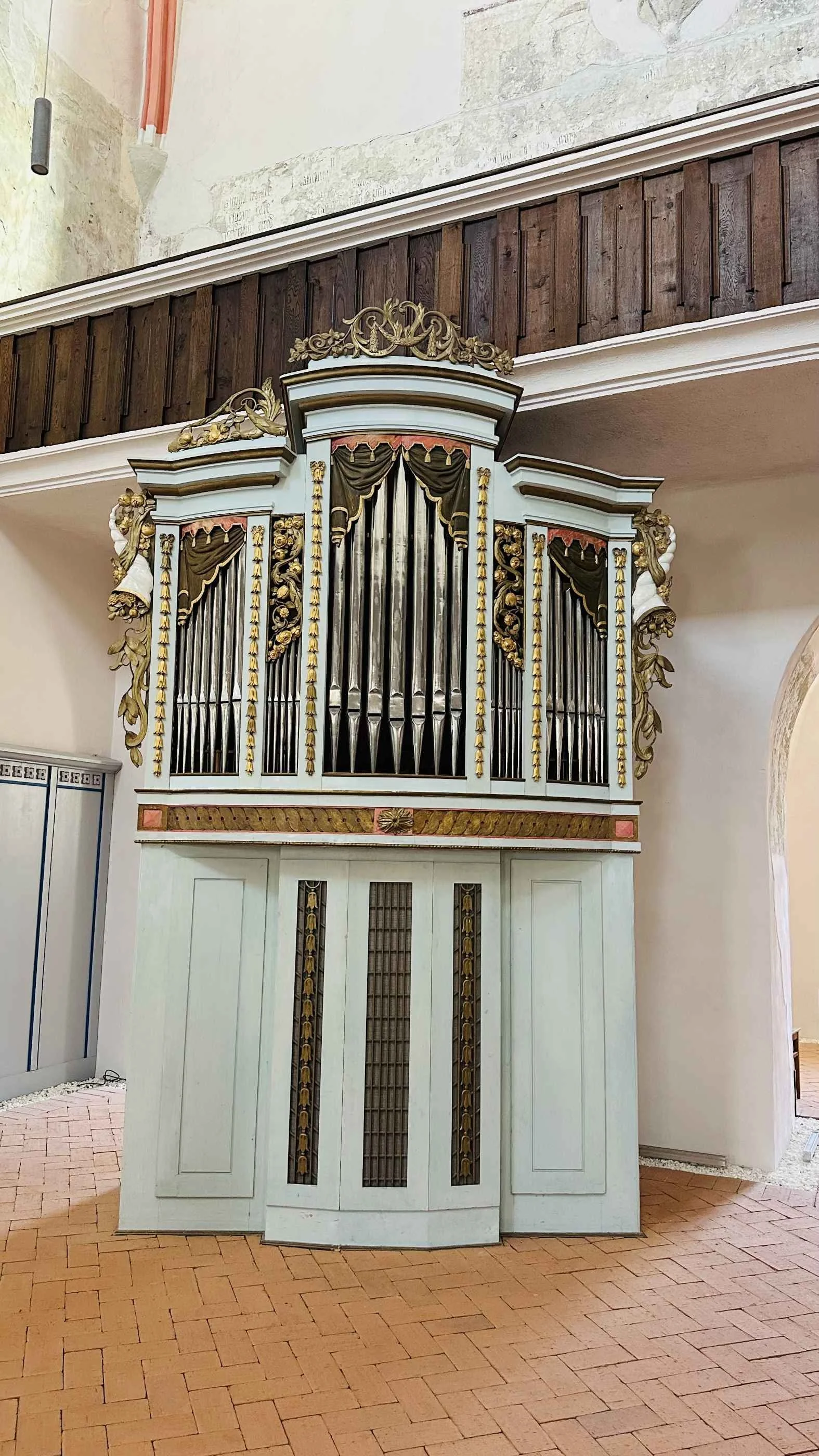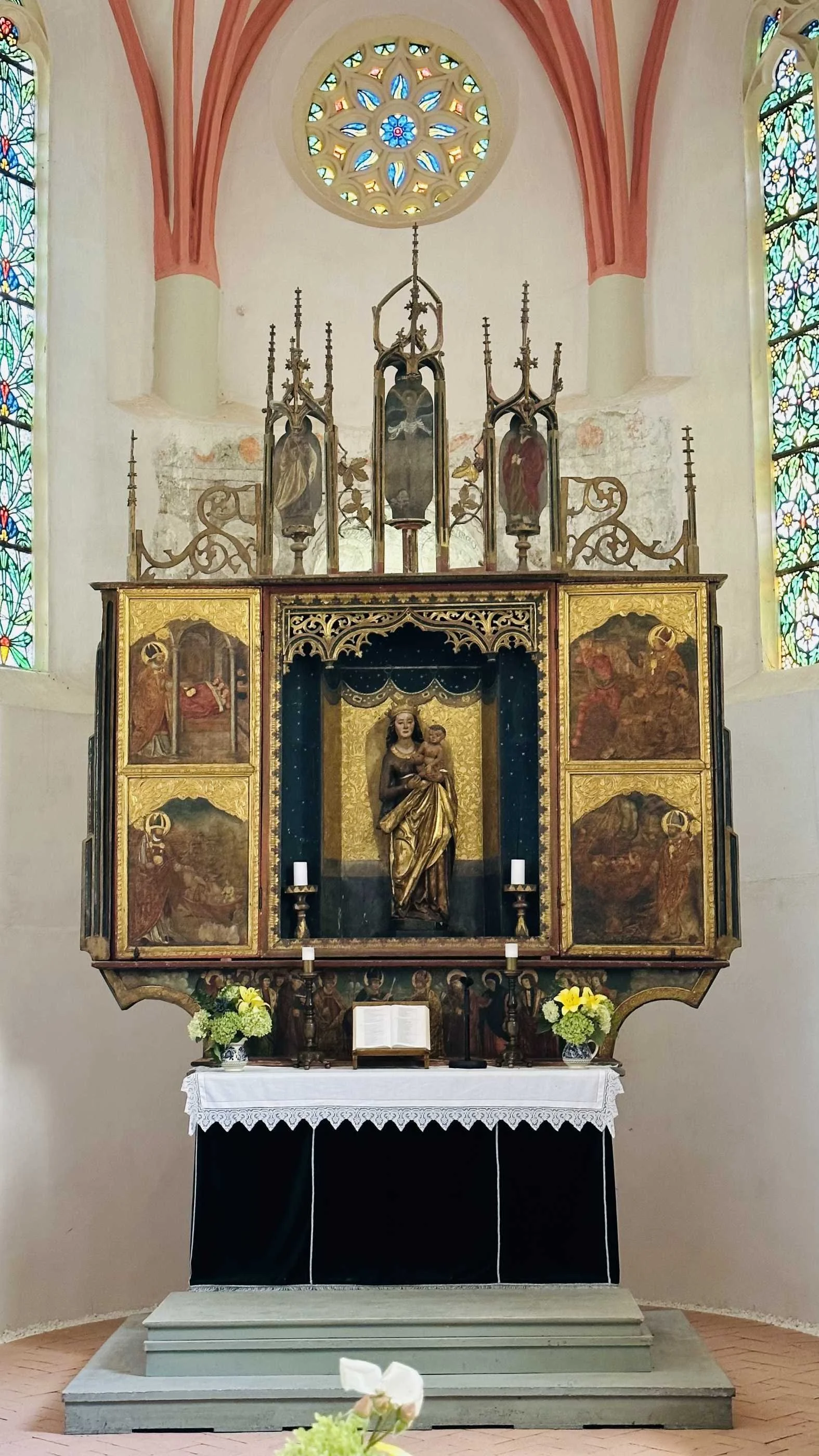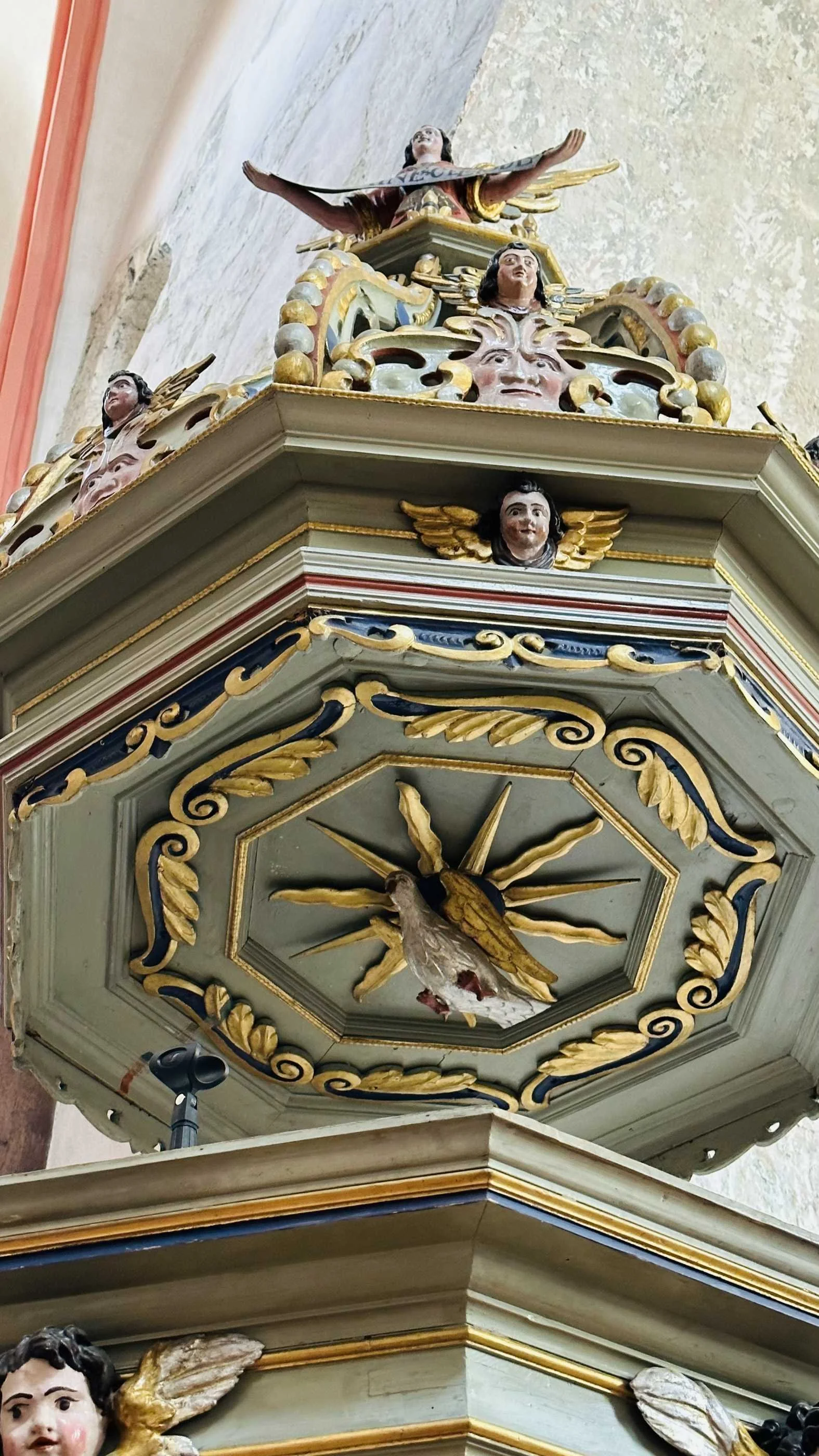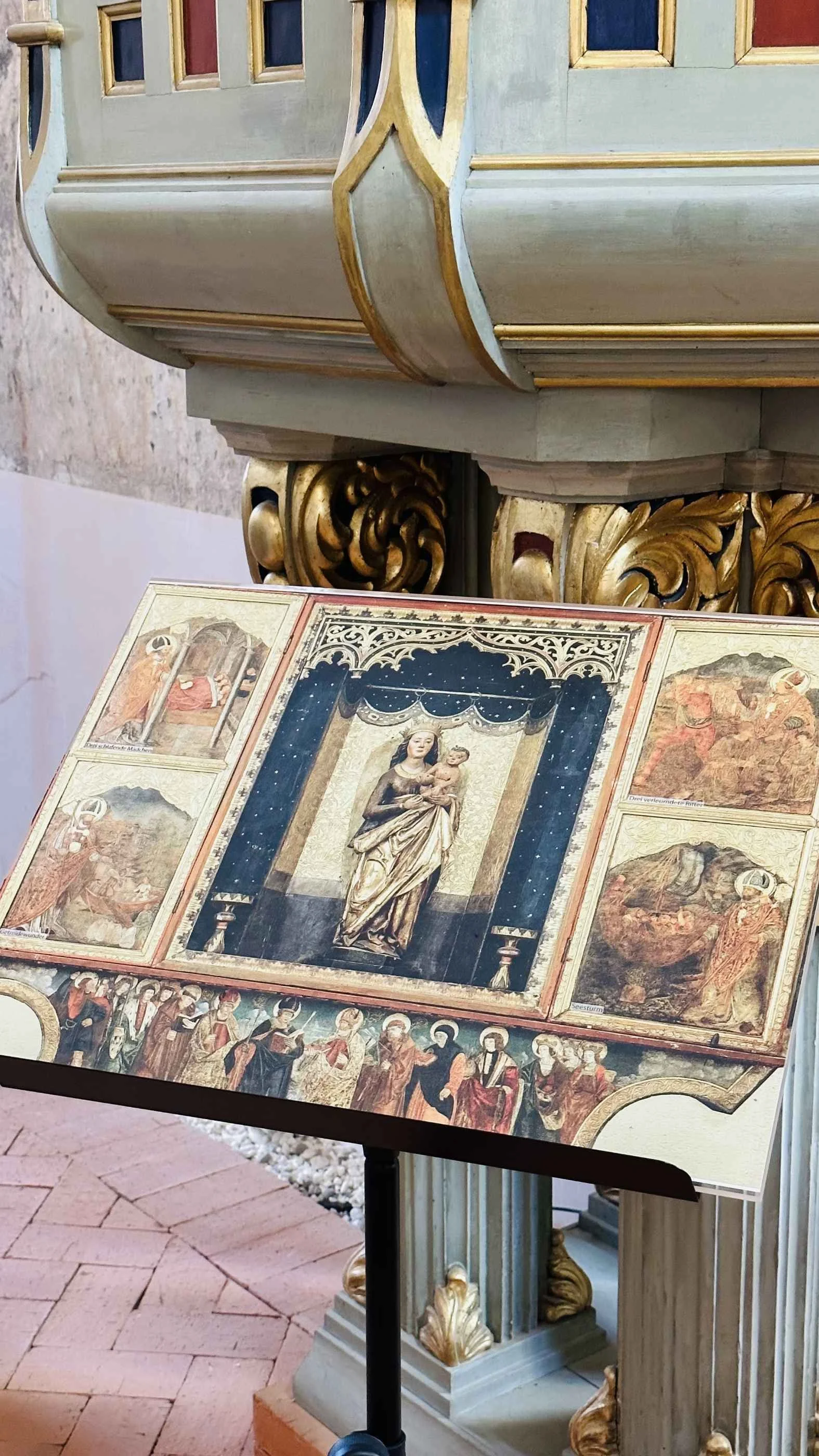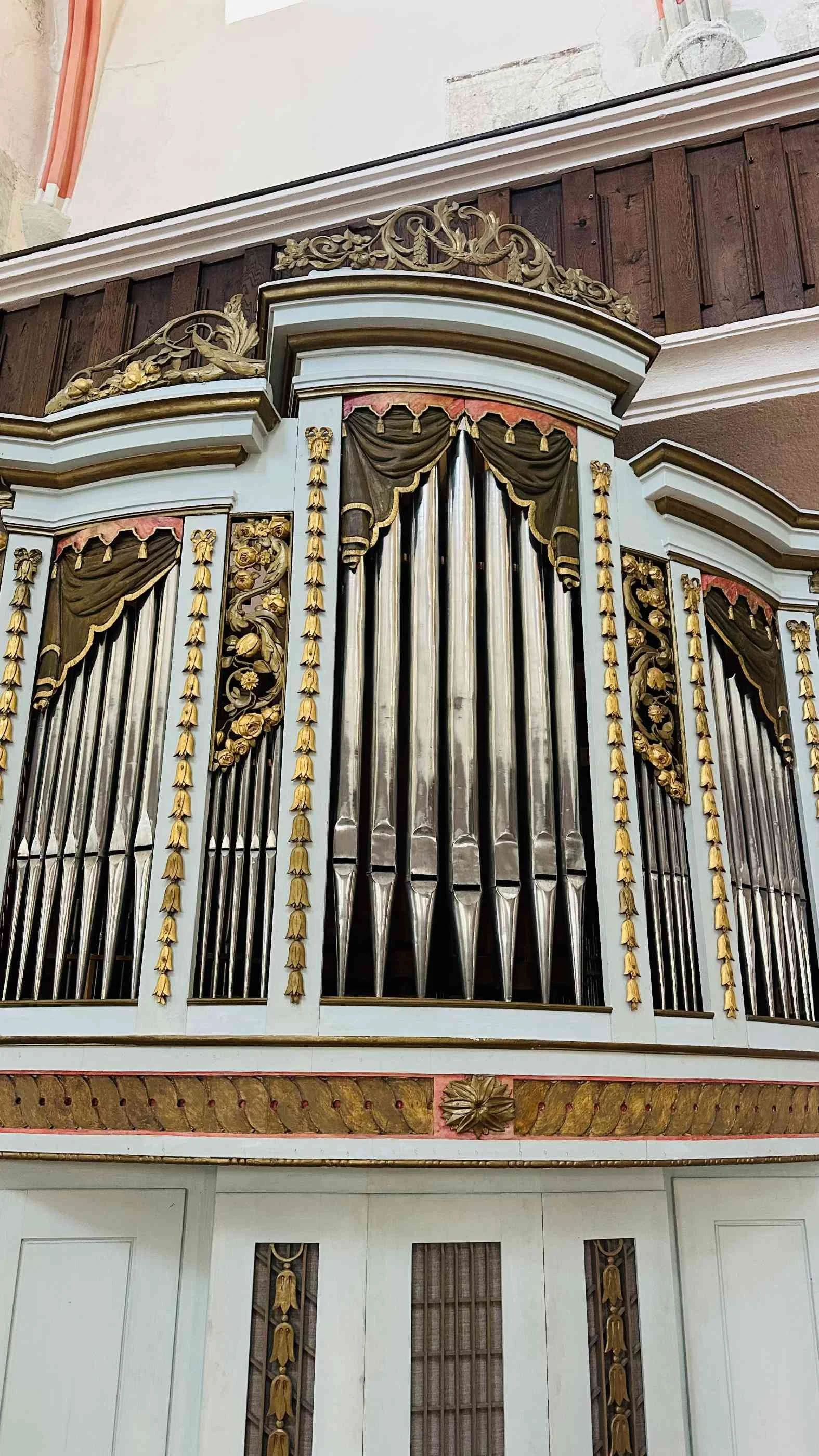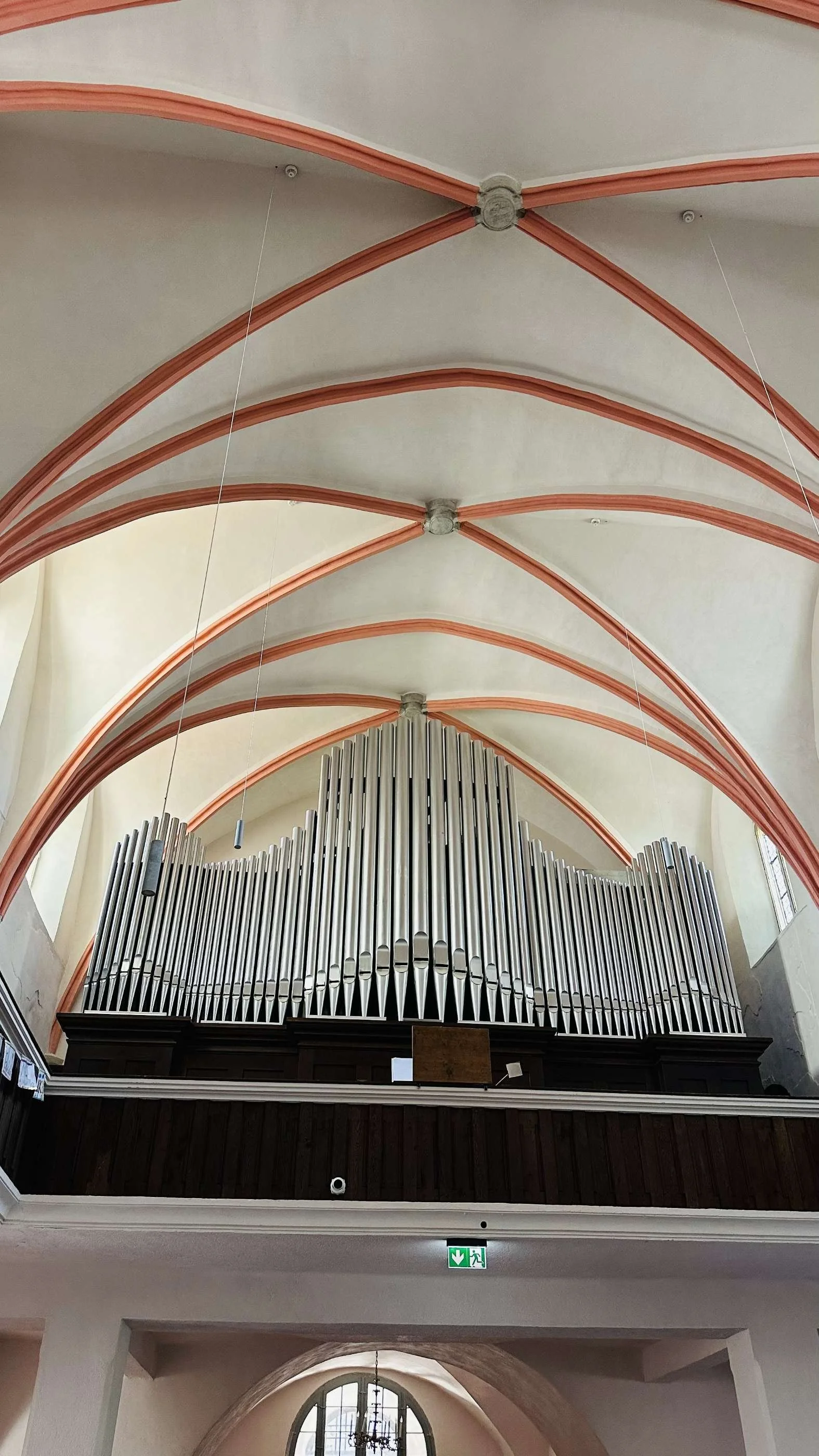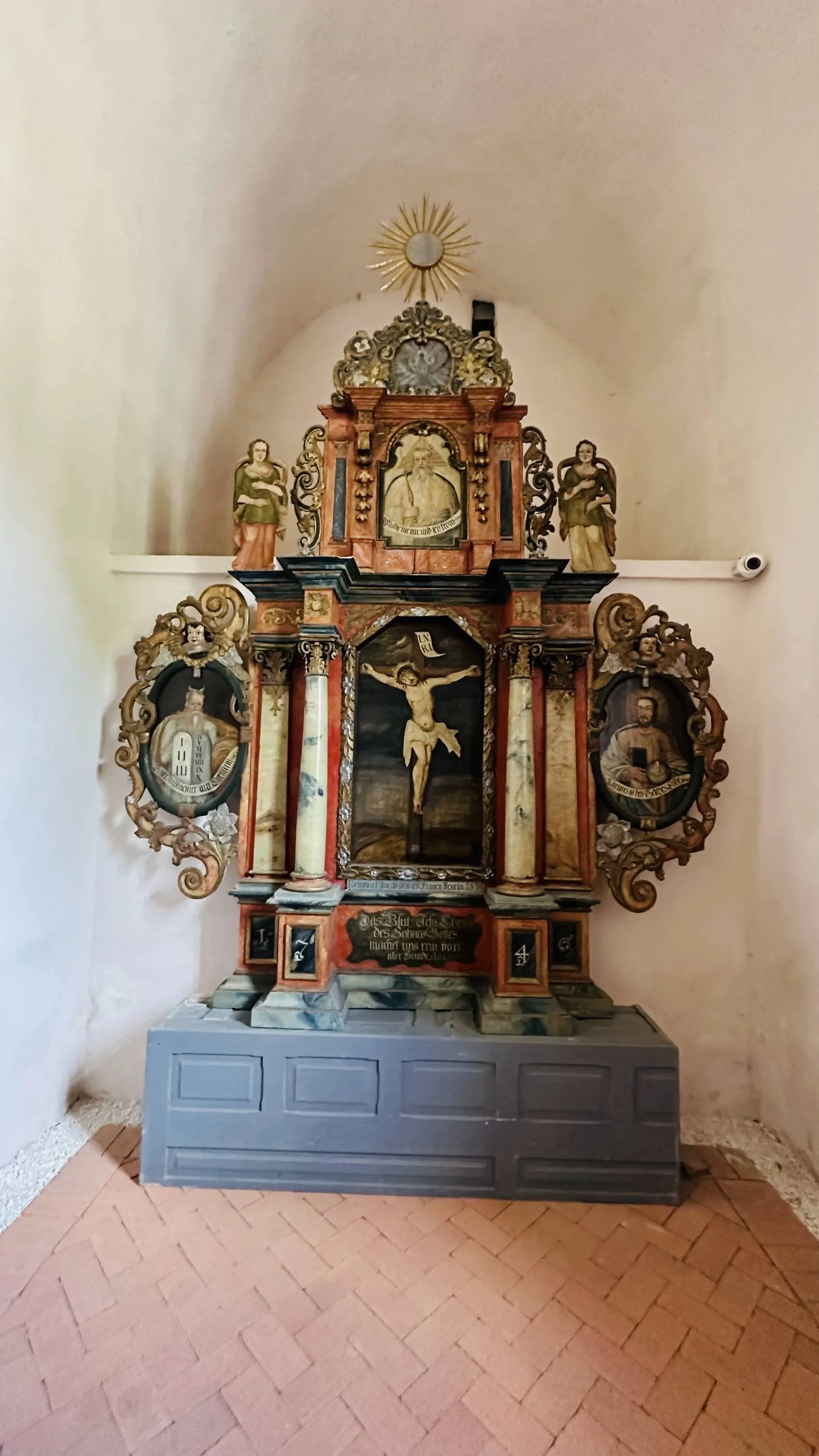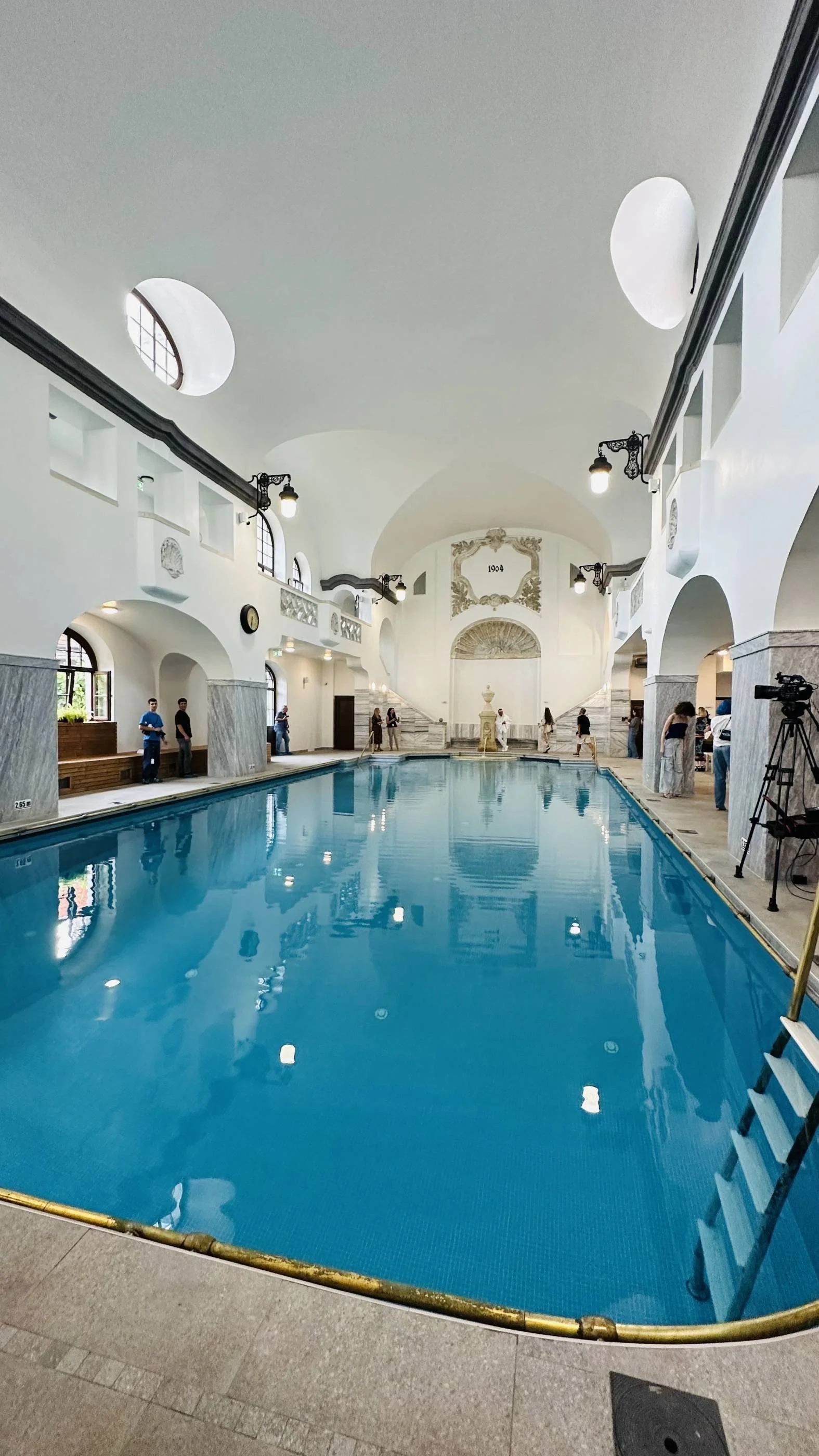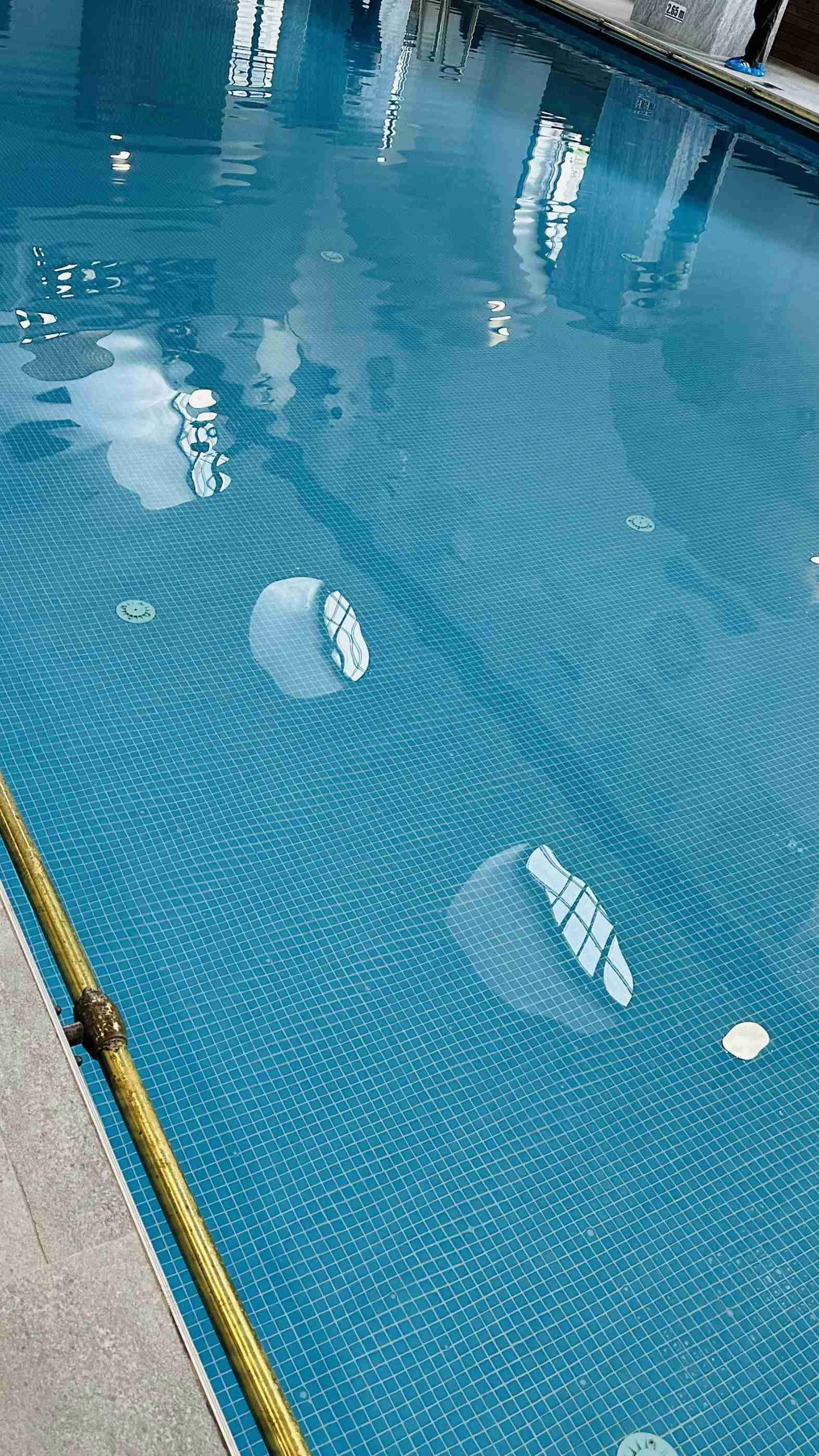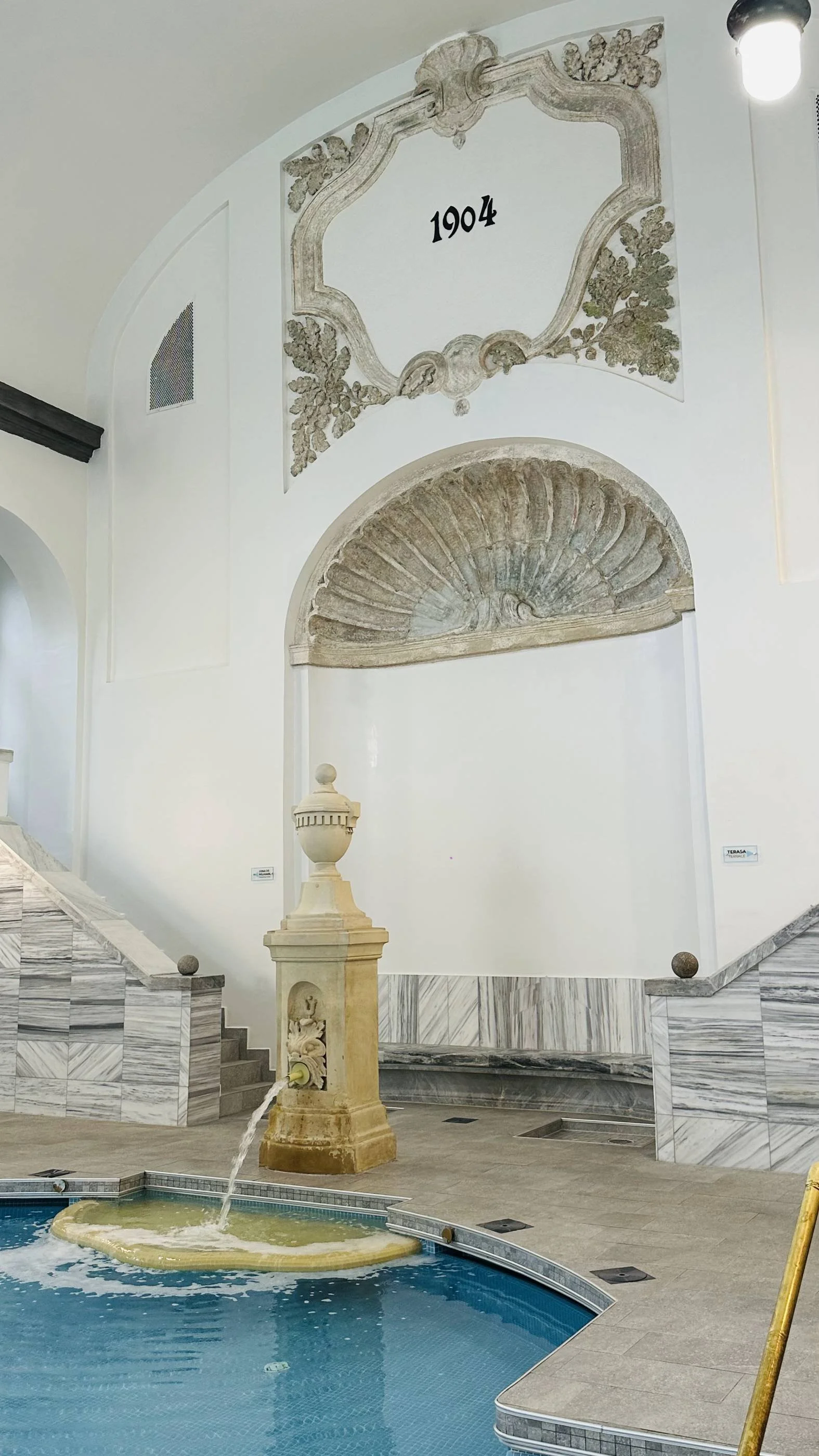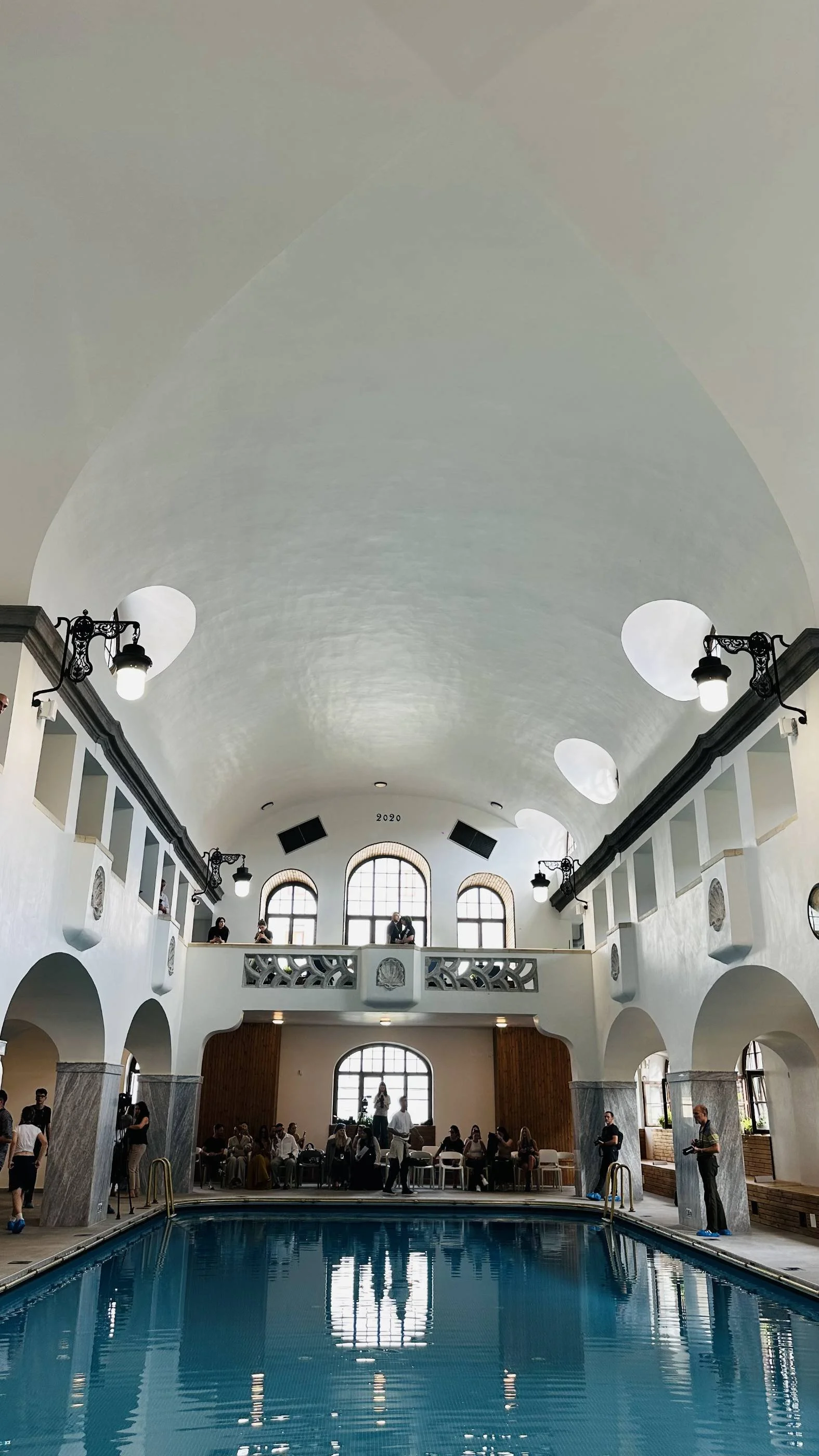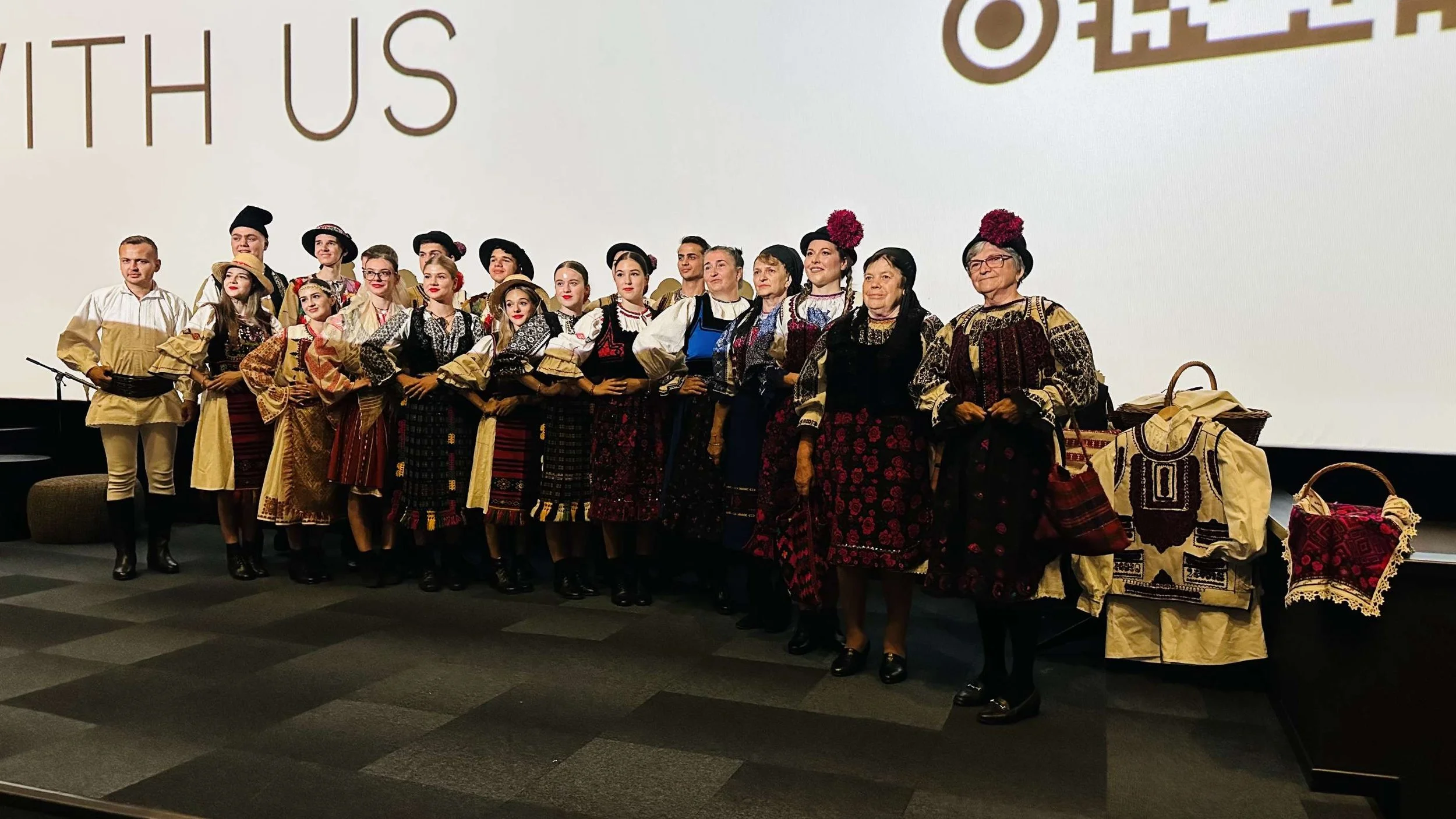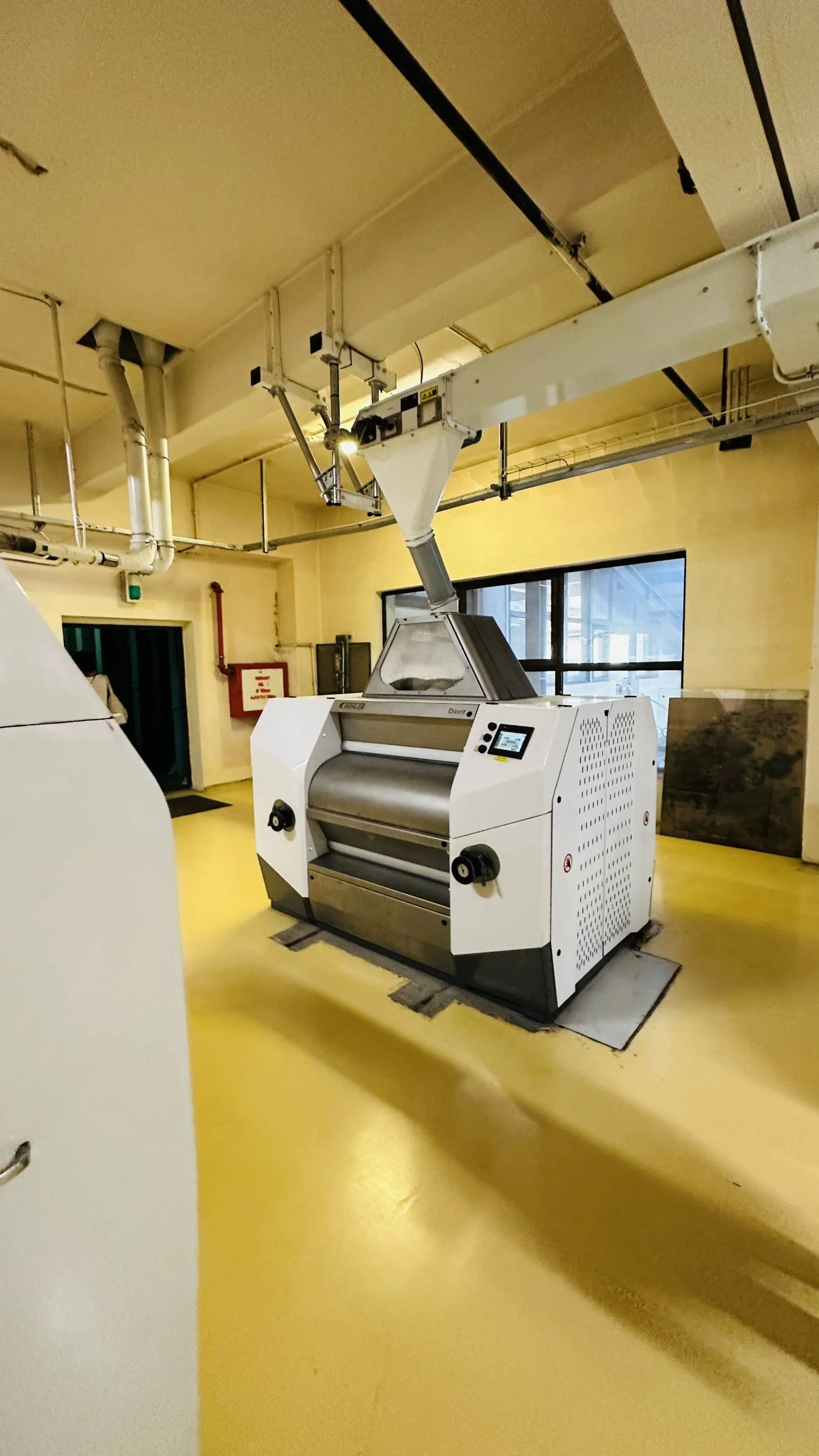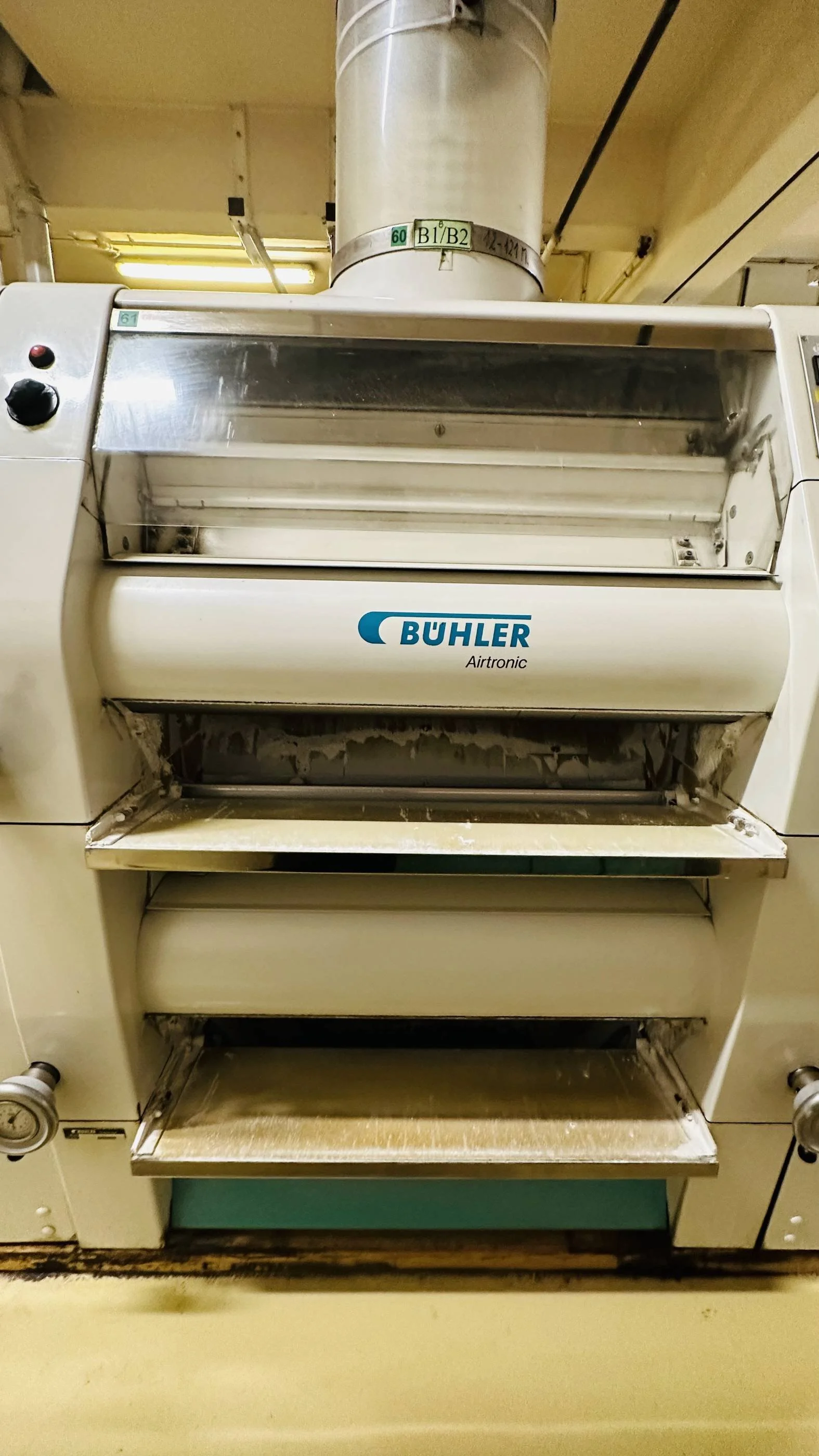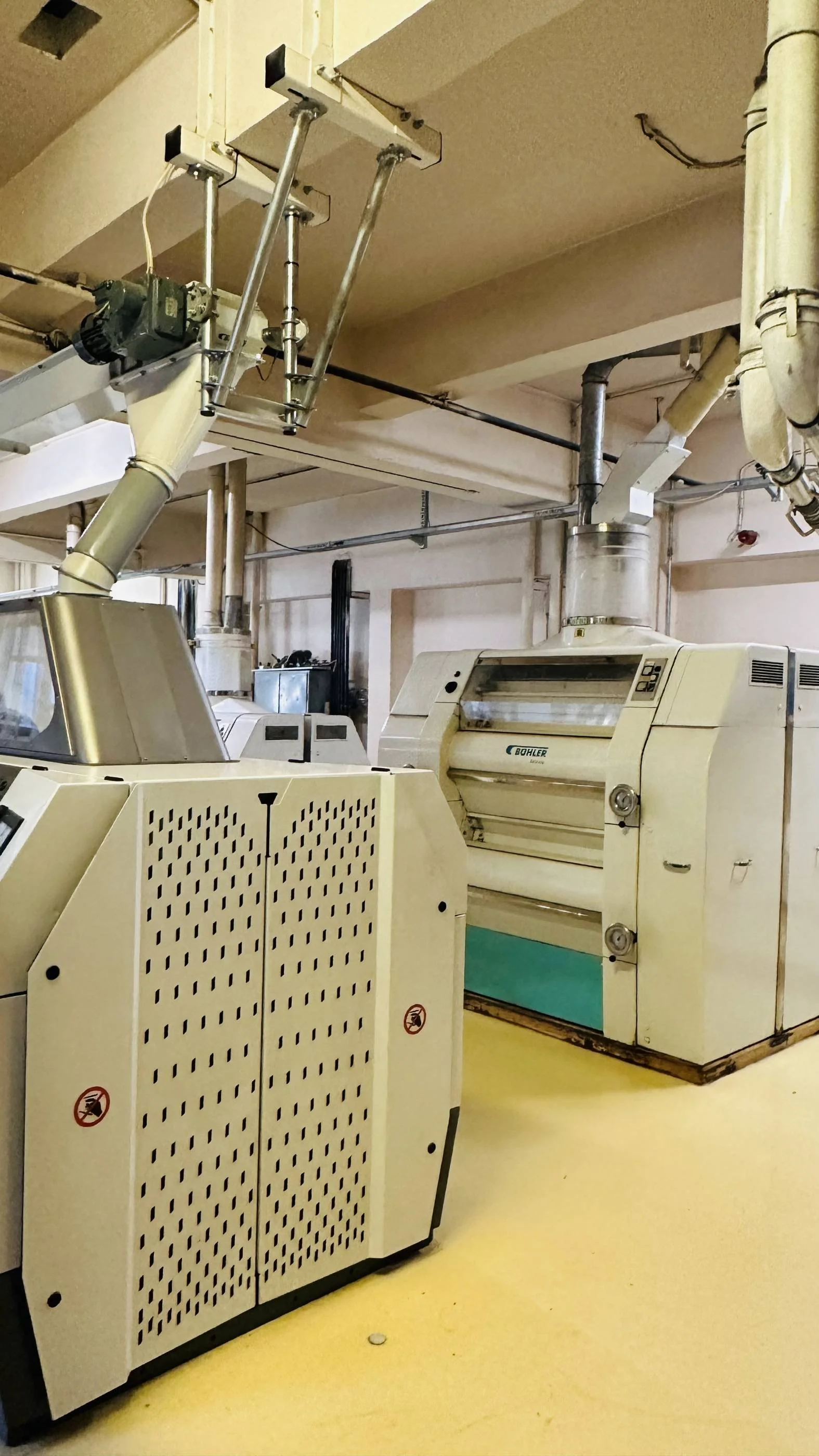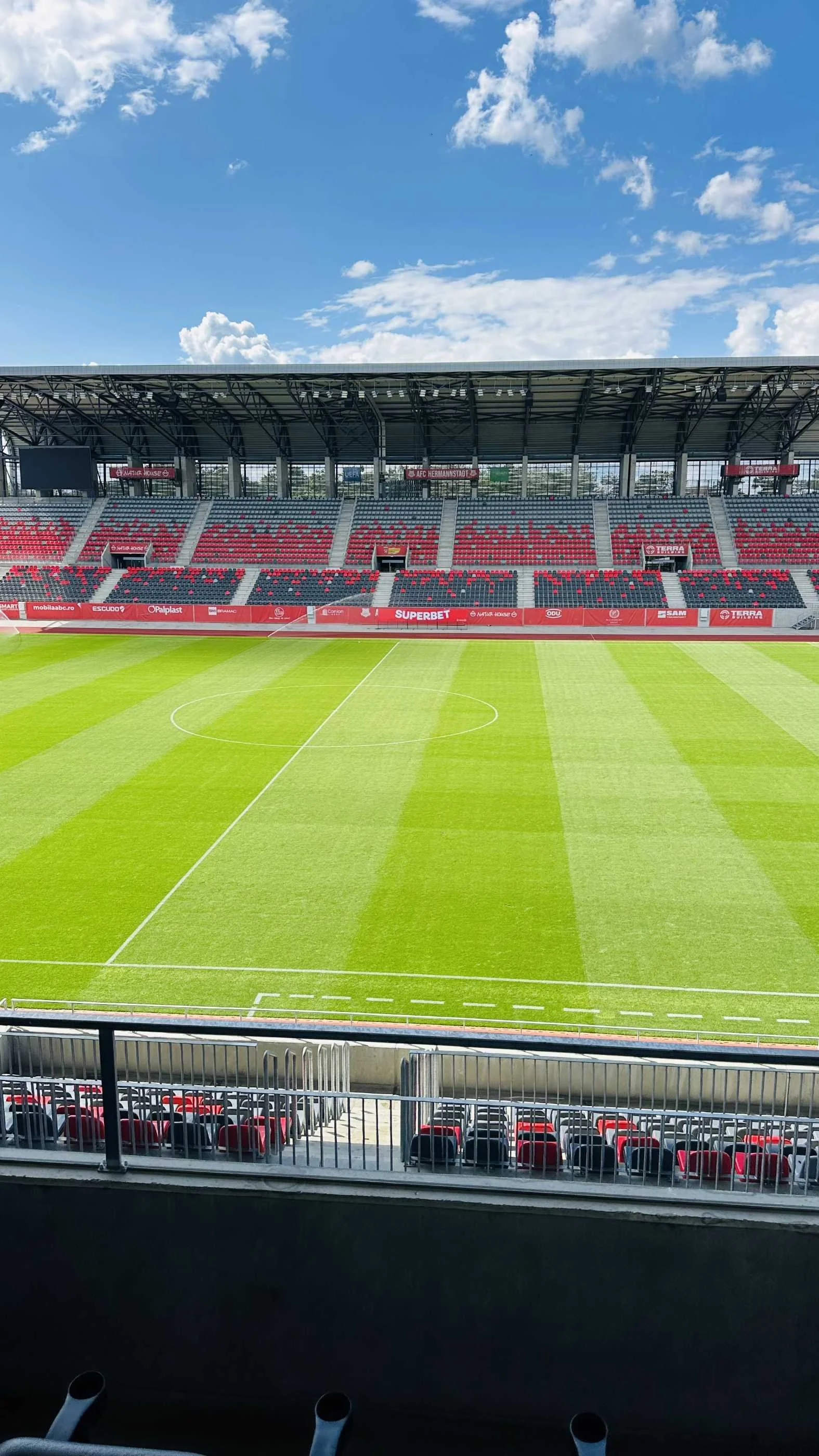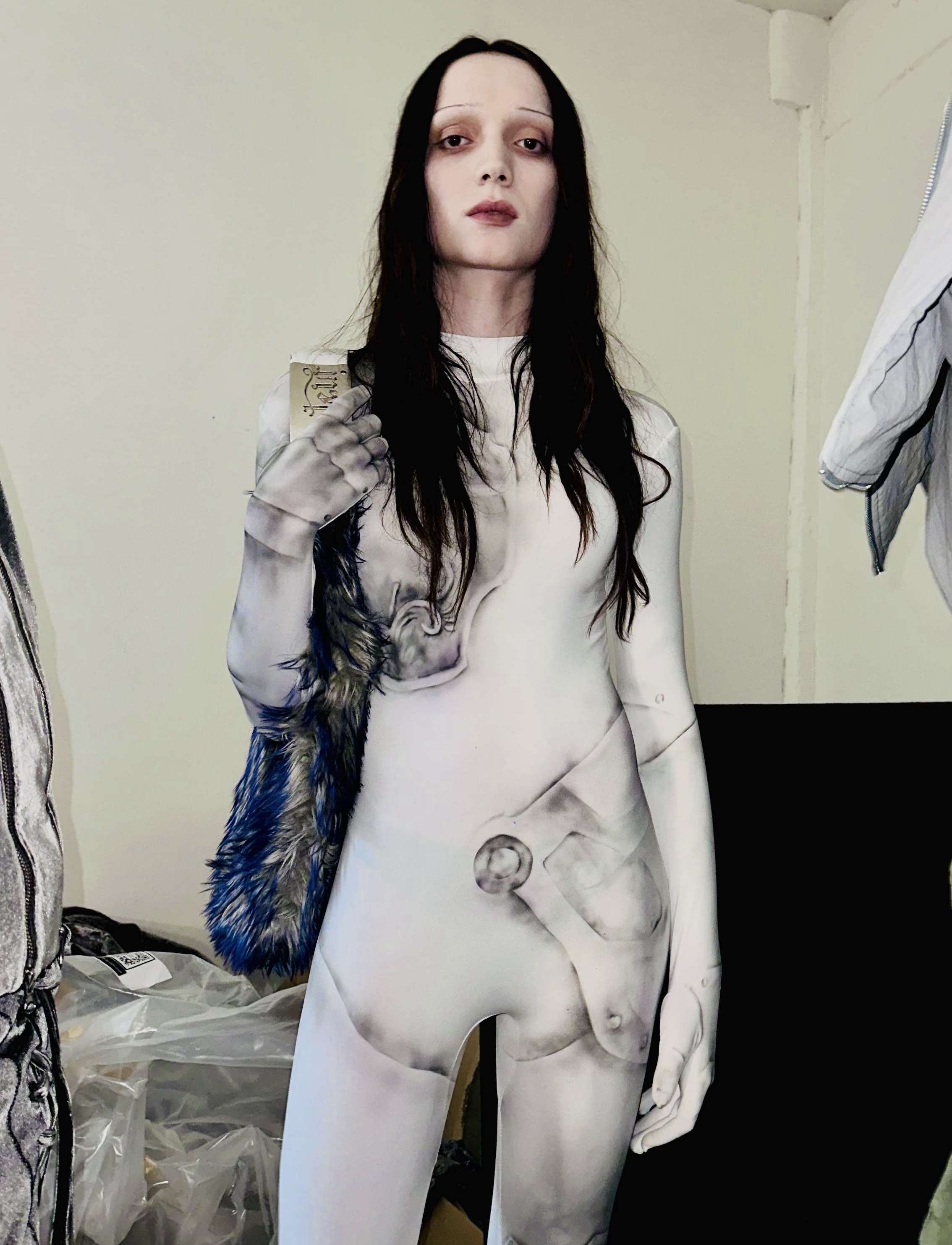Feeric Fashion Week 2025
Feeric Fashion Week’s latest edition reaffirmed its place within Eastern Europe’s cultural calendar by interrogating how fashion reflects and shapes the world around it. This year, the festival’s presentations unfolded in unexpected locations, weaving together a complex narrative around sustainability and memory. The dialogue between emerging talents and established academic institutions drew a map of the industry’s evolving concerns, stressing that design must respond to urgent social and environmental realities.
Among the highlights, Hooldra’s collection stood out, turning discarded textiles into a statement that questioned the limits of recycling and urged deeper reflection on consumption. The event’s academic showcase demonstrated the vital role of artistic inquiry and rigorous study in cultivating fashion’s next generation. Feeric Fashion Week 2025 underscored that fashion’s future hinges on thoughtful, deliberate acts that extend beyond aesthetics and commerce.
HOOLDRA SHOW
AT SOMA
Titled Timeless Threads, Hooldra’s latest work marked the fifth Feeric Hub initiative and set the tone with a sense of urgency. Built from discarded garments, the collection turned textile waste into something direct and necessary. There was no room for spectacle for its own sake. Inspiration came from the 1960s, but what resonated most was the present: over 3,000 kilograms of used clothing collected in just six weeks, piled up next to collection trucks, set the physical and emotional backdrop. The message was clear, recycling alone does not suffice.
Hooldra’s proposition brought attention to the cycle of excess, and made that excess visible, impossible to ignore. With contributions from emerging designers across Europe and casting by Cardinalia Models, the collection insisted on inclusion while asking the audience to look at consumption with sharper eyes. Textile waste bins, now implemented throughout Sibiu County, became part of the staging. The city itself became part of the work.
INSIDE UPCYCLING COUTURE
At Promenada Sibiu Parking
ANA FARIMA Exhibition
Ana Farima’s ‘Bodaprosti’ exhibition traced a delicate thread back to childhood, a collection born from the quiet power of words spoken by grandmothers. Through garments shaped by memory, the work reimagined inherited gestures and textures using an eco-leather made from plant waste. Every silhouette carried the weight of tradition, filtered through a contemporary lens. Accompanying the collection, a short observational film blended personal archives with present-day fragments, turning the exhibition into an intimate reflection on the continuity between past and present, voice and fabric.
CISNADIE FORTIFIED CHURCH
TECHNICAL UNIVERSITY OF MOLDOVA
In the courtyard of the Evangelical Church in Cisnădie, the day opened with a sequence of presentations that set an introspective tone. The collective work from the Technical University of Moldova offered a delicate interpretation of femininity and solitude, folding astral motifs and echoes of Luceafărul into garments defined by intricate surfaces and unexpected material contrasts. Later, Blanka Gotić’s Obedience in Fragments shifted the atmosphere. Drawing from the visual codes of Mormon culture, her collection moved through layers of poplin, transparent fabrics, and coarse twine, forming a quiet yet potent reflection on devotion, structure, and womanhood.
BAIA POPULARA SIBIU
At Baia Populară, a location steeped in quiet grandeur, Viktor Spasov presented NOCTERA for VERÈDIA, a collection that redefined presence. Using black velvet, organza, and intricate detailing, he offered a version of power that moved with restraint and precision. Dualitae followed with The Quiet Icon, Alina Lazariu’s ode to the white shirt. Minimal in form but never in impact, the pieces proved that clarity remains one of fashion’s most persuasive tools. The setting, a restored 1904 spa rich in Jugendstil architecture, added an unexpected softness to both collections, a reminder that history and refinement still shape how we look at clothing today.
VEREDIA
DUALITAE
During Feeric Fashion Week, Dualitae presented a standout collection shaped by a business-minded approach to aesthetics. The garments balanced masculine structure and feminine fluidity with remarkable ease, highlighting thoughtful construction and refined details. Every piece felt intentional, elegant yet designed for real life. What stood out most was the collection’s unique quality and versatility: pieces that carry presence without excess, suitable for daily wear without losing sophistication.
PROMENADA TERRACE
PROMENEWGIZA UNIVERSITYNADA
At Promenada
‘HAIDE’ PERFORMANCE
At Promenada CineGold
The third day opened with Haide, a Feeric Hub initiative led by Karla Ciambur, set within the walls of Cinegold. Haide is bringing artists, artisans, and thinkers into a shared space where tradition met reflection. Romanian folklore was not referenced as archive or costume, but as a living presence, carried forward through careful dialogue about sustainability and creative response. It felt like a horă of intentions, one rooted in respect, not nostalgia.
BOROMIR
In the basement of Boromir flour mill, Natalie Soto introduced Paper Dolls, a collection that moved with fragility and force. Romantic forms appeared undone and rebuilt: bubble skirts, cargo pants, babydoll dresses, all cut from remnants and softened by hand-stitched pearls, bows, and lace. Shades of black, pink, and yellow carried a quiet defiance. The pieces felt stitched from memory and reinvention, reminding us that the discarded often holds the most potential.
UNIVERSITATEA DE VEST TIMIȘOARA - MDVTM
At SIBIU MUNICIPAL STADIUM
As we leave Sibiu, we carry with us a deep sense of admiration, for the designers, for the commitment to sustainability, and for the generosity of a project that continues to invest in new voices. Feeric remains a singular presence on the fashion calendar, and Romania, once again, revealed its quiet strength. The locations, as always, held their own kind of poetry. Congratulations to Mitichi Preda, Landiana Cerciu, and their team for the impressive work they continue to carry forward with clarity and purpose.
words/locations photography DONALD GJOKA
artistic runway/streetstyle photography THE STREET PIE
technical runway photography CORNEL PETRUS
What to read next


